Community-based forest management is about enabling communities to take charge of managing areas they have traditionally used but which have come under threat from deforestation, reallocation of forest land to industrial cropping and land encroachment along ownership boundaries. World Vision builds capacity in communities to understand and protect community land rights and to establish sustainable land management of protected areas. Local communities are empowered to negotiate with local authorities on land tenure arrangements, policies and legal mechanisms for land allocation and reach agreement on a set of by-laws to protect their local areas.
Sustainable management of the protected areas then includes retaining and restoring forest cover, training on allowable uses of the forest, setting up community management of non-timber forest products such as resins, bee-keeping and grasses for roof thatching and patrolling and monitoring the forest. Techniques for reforestation include FMNR (which requires community-based forest management for its long-term success) as well as seedling planting.
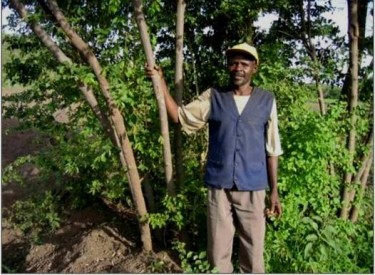 Ethiopia: Africa’s first large-scale CDM forestry project, providing socio-economic development from carbon sequestration in the compliance market
Ethiopia: Africa’s first large-scale CDM forestry project, providing socio-economic development from carbon sequestration in the compliance market
We have implemented the Humbo community-based natural regeneration project, Africa’s first large-scale CDM reforestation project, in partnership with the World Bank. This project has restored 2,728 hectares of degraded native forests and brought social, economic and ecological benefits to participating communities. Within just two years of implementation, communities were collecting wild fruits, firewood and fodder. They reported that wildlife had returned and erosion and flooding had declined. Participating communities are now receiving income from carbon trading through this project. (read more)
 Ethiopia: A community-led carbon project in the voluntary market, with social benefits
Ethiopia: A community-led carbon project in the voluntary market, with social benefits
World Vision Australia has partnered with World Vision Ethiopia to restore and protect the high montane forest on the slopes of Mt Damota, in this highlands of southern Ethiopia. The project involves local Soddo communities in environmental training and education programs, site rehabilitation, forest establishment, job creation initiatives and collaboration with the zonal government. Through a combination of tree planting and natural regeneration to reestablish the natural ecosystem, the project intends to sell carbon credits in order to guarantee its long-term sustainability. (read more)
 Senegal: ensuring food security in a changing climate
Senegal: ensuring food security in a changing climate
The Beyastol (Work the Land) project realised the adoption of FMNR on over 50,000 hectares of farmland within a four-year period. The successful pilot project in the Kaffrine and Diourbel regions was a response to increasing levels of food insecurity and poverty, linked to severe deforestation and resultant land degradation. Following the failure of conventional reforestation approaches, despite great persistence and investment, FMNR was introduced to local farmers. Their initial resistance was quickly replaced by enthusiasm as the benefits of FMNR became apparent. The project is now being scaled up. (read more)
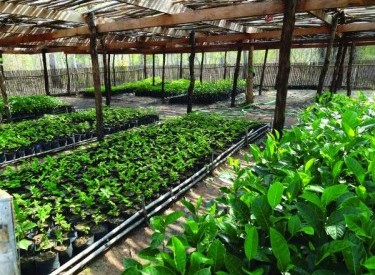 Cambodia: enabling communities to realise forest REDD potential
Cambodia: enabling communities to realise forest REDD potential
Cambodia’s natural resources are under pressure, biodiversity is at risk and large portions of forest are expected to convert to agricultural land in the coming years. World Vision has partnered with local government to protect this fragile environment and preserve its natural, ecological and cultural value. Selected areas are targeted with a programme aiming at empowering communities in local resource management and sustaining community livelihoods. In doing so, carbon sequestration is achieved and the project can be eligible for participation in the voluntary carbon offset market. (read more)
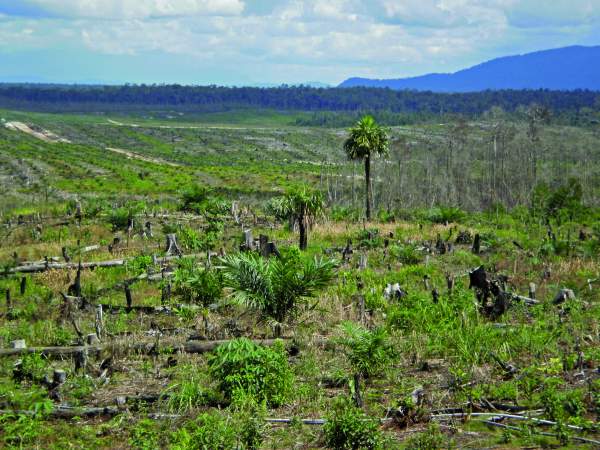 Indonesia: communities empowered to protect forests and carbon sinks
Indonesia: communities empowered to protect forests and carbon sinks
Deforestation, peat land degradation and forest fires have made Indonesia one of the world's top three greenhouse gas emitters. On the other hand, as an archipelago, Indonesia has a massive coastline, which makes it very vulnerable to climate change. The West Kalimantan region is expected to experience significant socioeconomic impacts due to climate change. To respond to community concerns about the increasing toll of environmental stresses, the SOLVE project will increase communities’ capacities in the areas of natural resources management, advocacy for land tenure and securing resilient livelihoods. (read more)
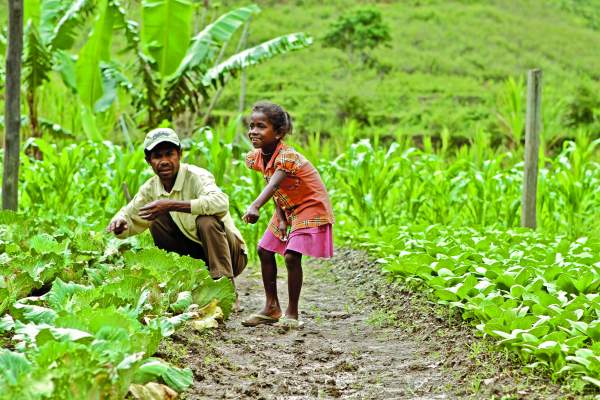 Timor-Leste: an integrated landscape approach to food insecurity and climate change
Timor-Leste: an integrated landscape approach to food insecurity and climate change
The BRACCE Project is an integrated project focussing on restoring the environment in Aileu District East Timor. The District is highly deforested, eroded, and degraded and one of the most vulnerable districts to climate change in East Timor. Project staff are working with communities to reassert their control over local land and bring the land back to productivity by practicing FMNR. Along with restoring the environment, the project seeks to improve income through wood sales from regenerated FMNR areas, and eventually increased fruit and timber sales from agro-forestry activities. BRACCE is also supported by integrated programing in nutrition, WASH, and in cash crop development, helping to ensure long term development in Aileu District. (read more)
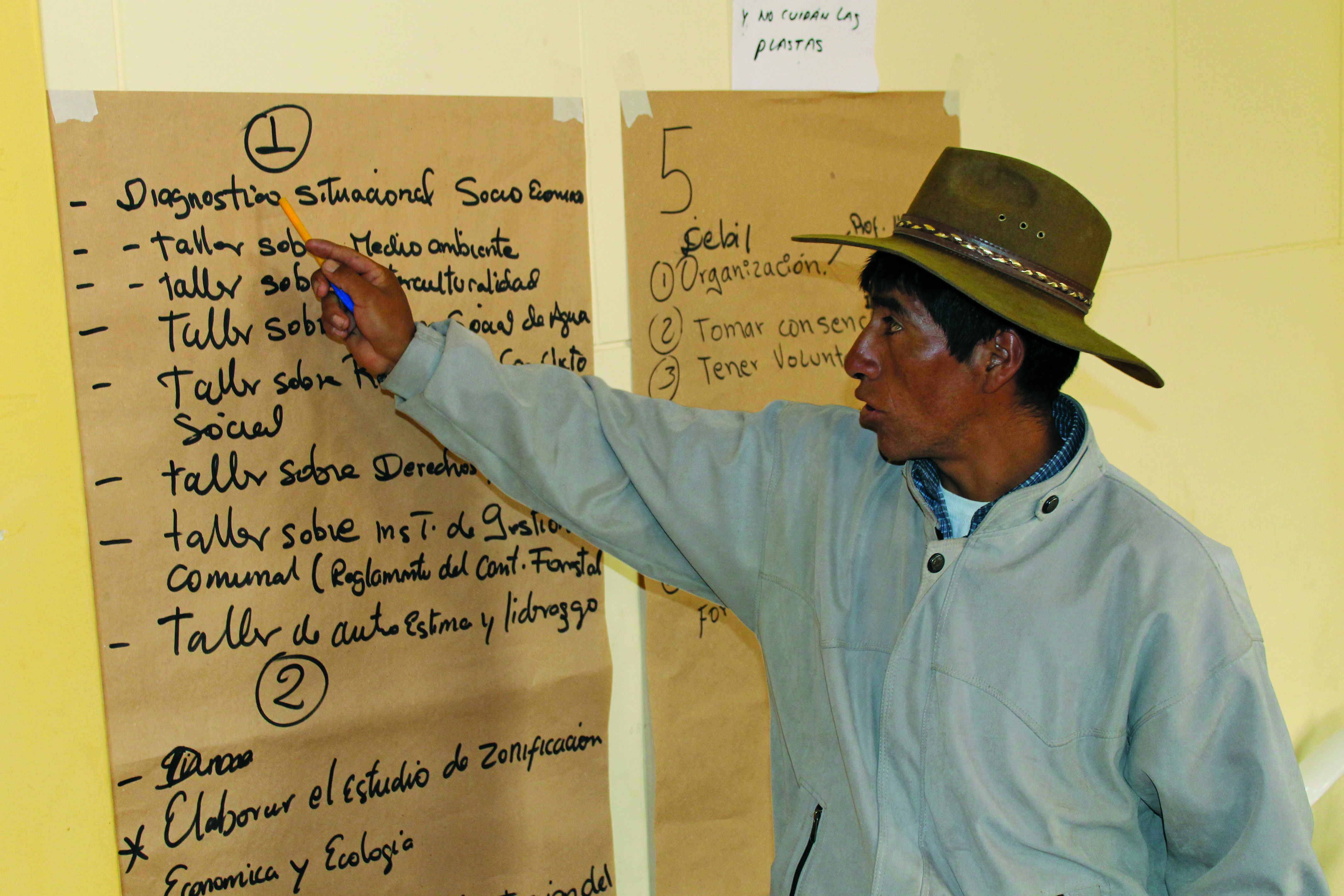 Peru: Regenerating degraded landscapes through reforestation
Peru: Regenerating degraded landscapes through reforestation
The agroforestry and reforestation project in Canas Province is planting around 1.5 million trees across 1,000 hectares of degraded lands to mitigate environmental degradation and to sequester carbon into the landscape. Additional areas will focus on agroforestry by planting fruit trees to increase the income and food security of the communities. The project also includes community capacity building which will introduce sustainable farming practices, and improve community awareness of natural resource conservation and land governance issues related to the project. The project is also seeking to access carbon finance through the sale of carbon credits generated under the new Gold Standard A/Reforestation certification program in order to ensure long-term sustainability of the project. (read more)
